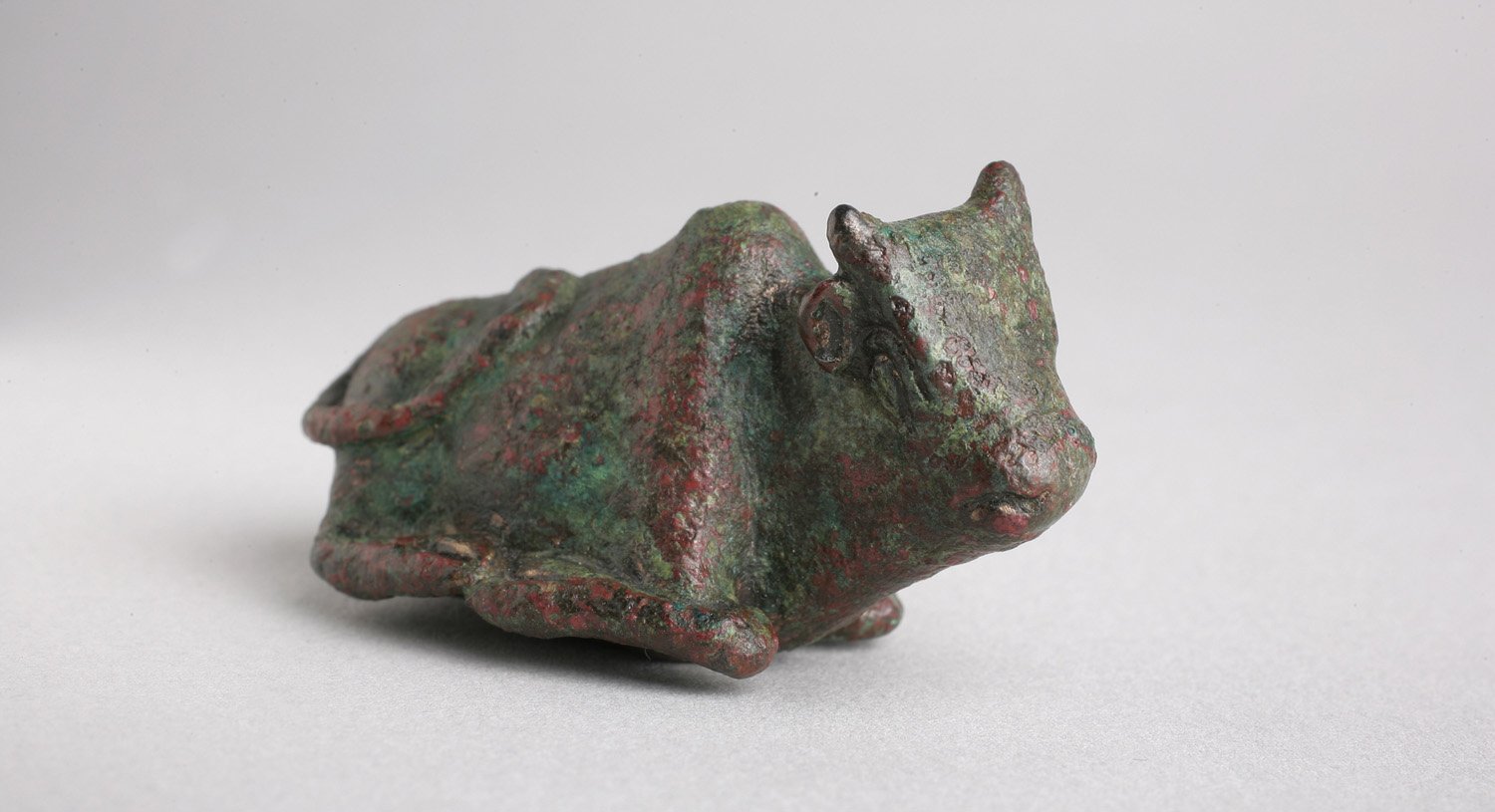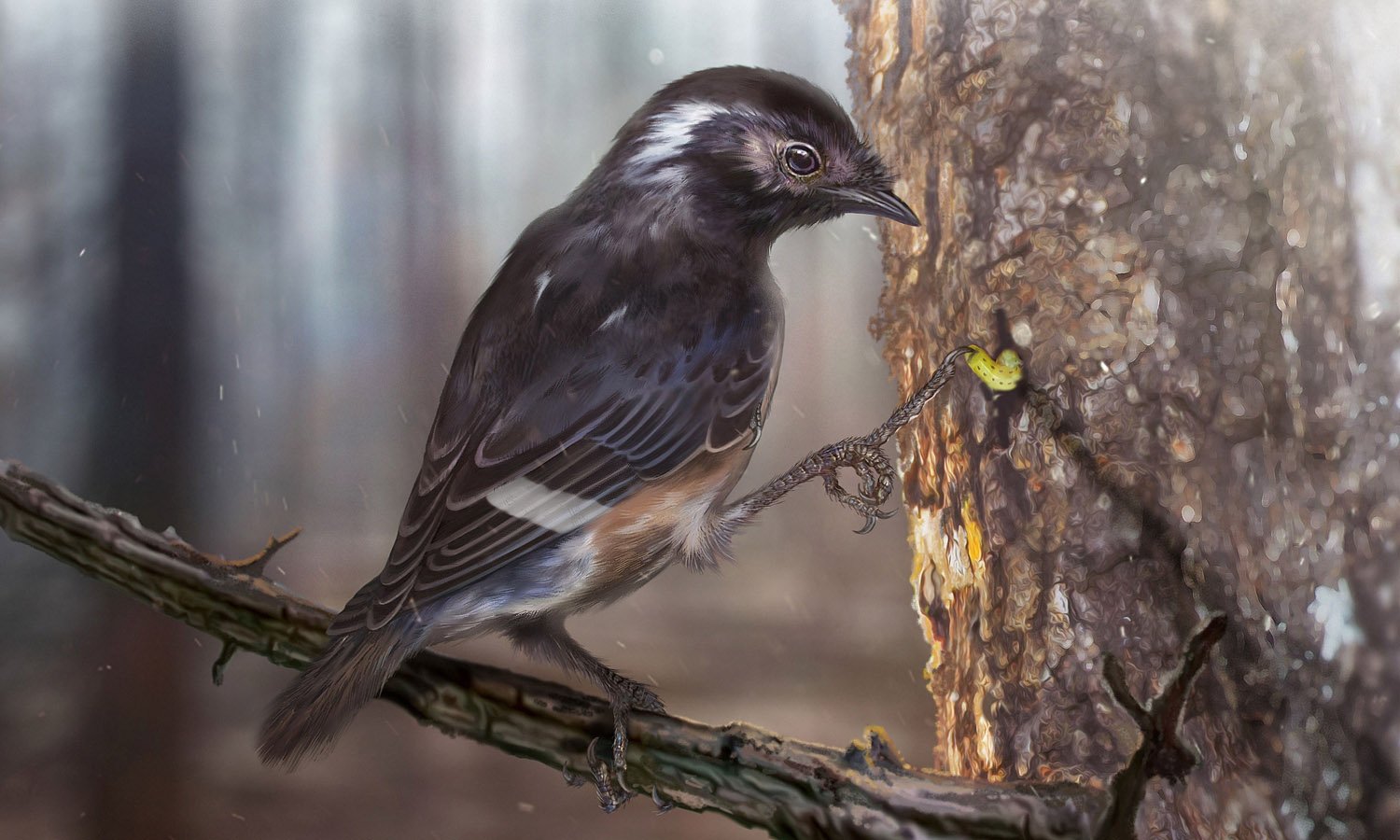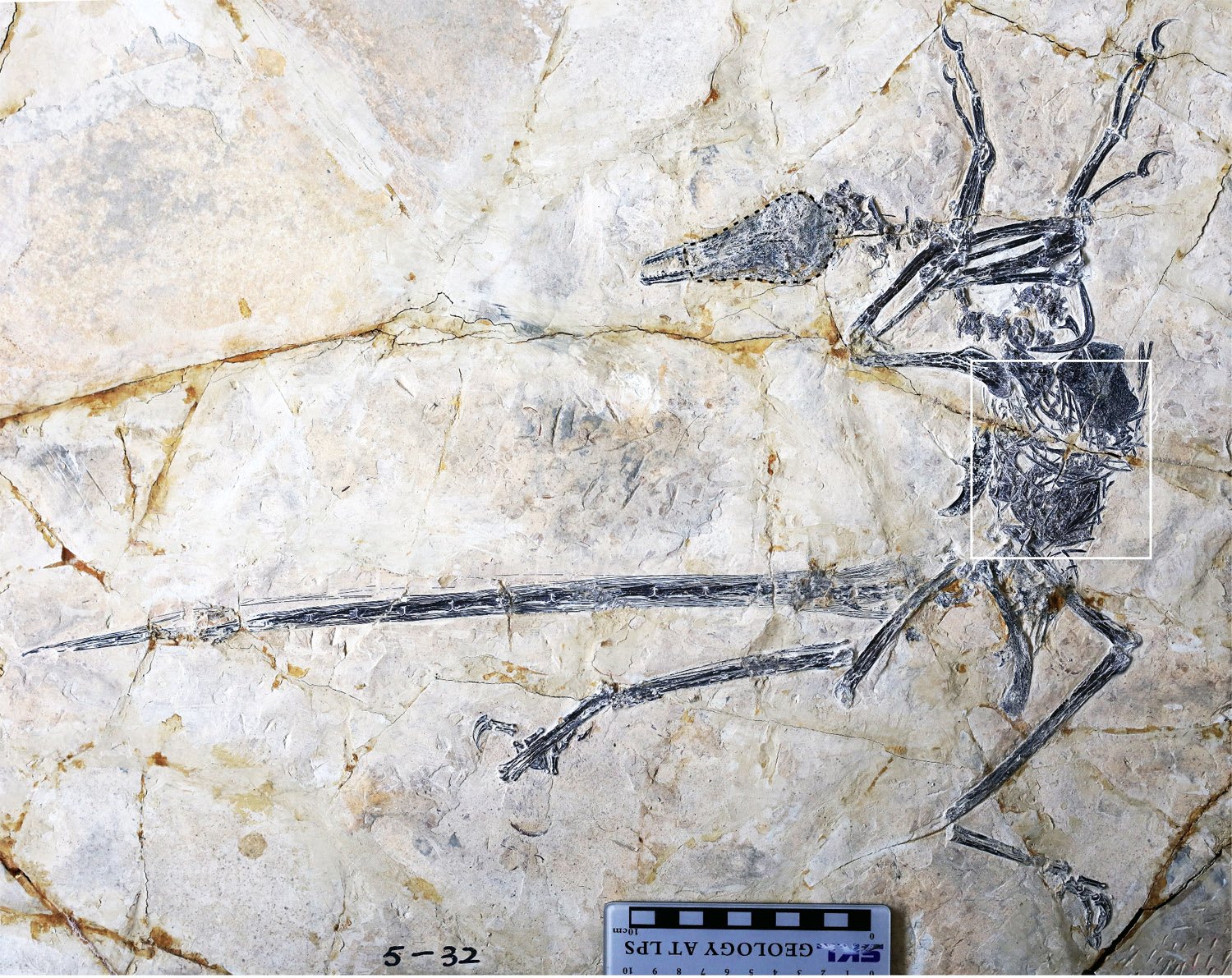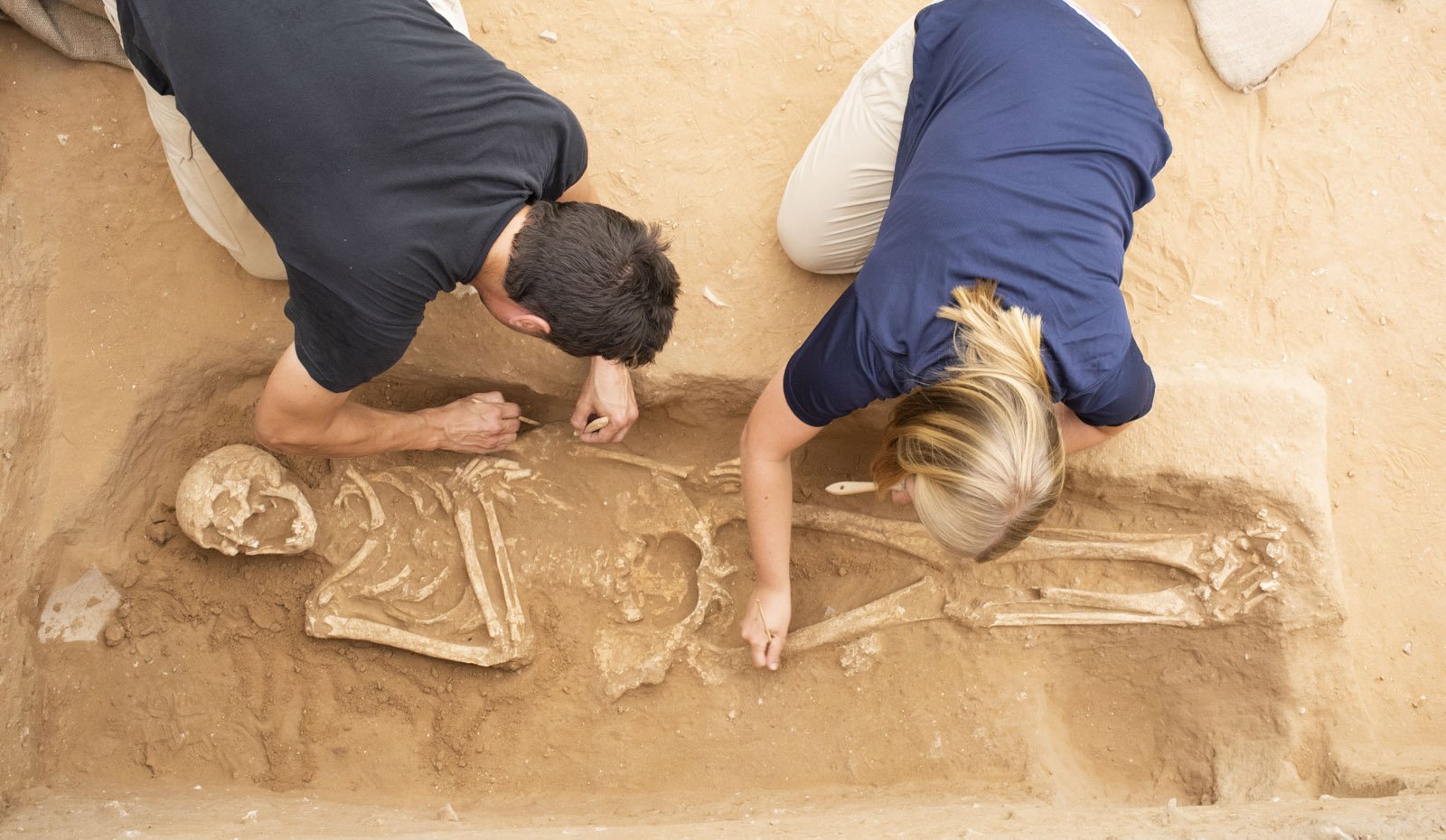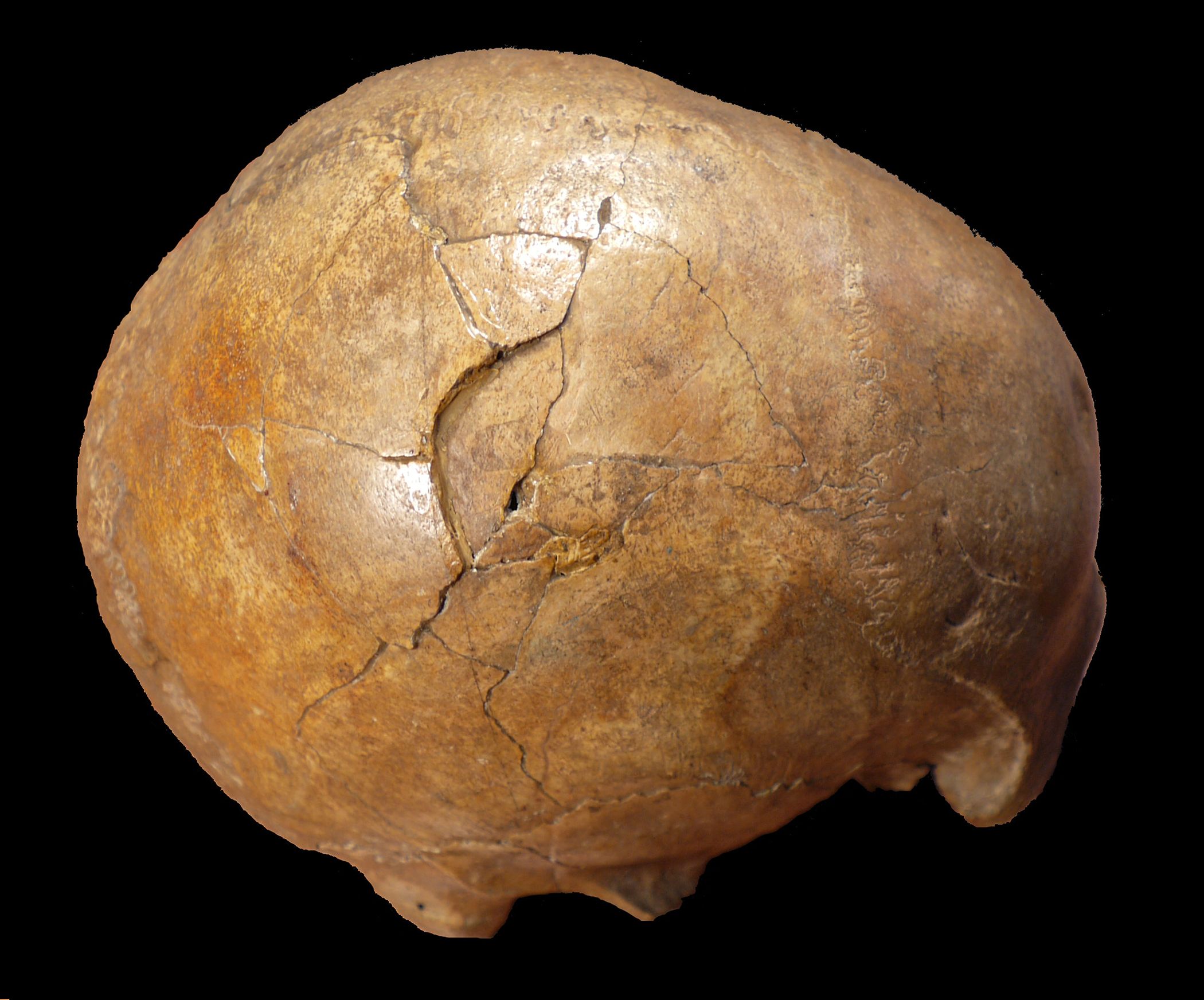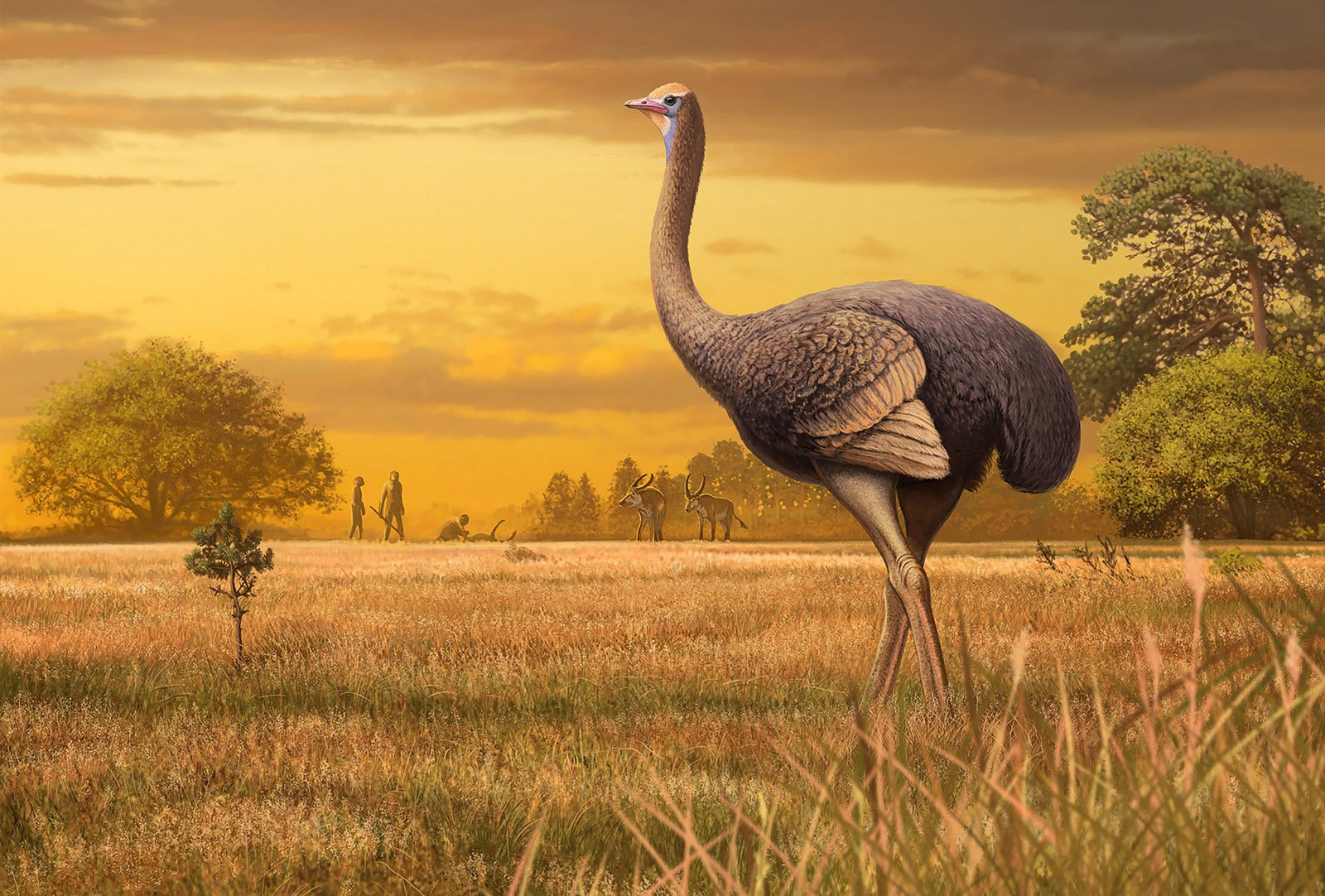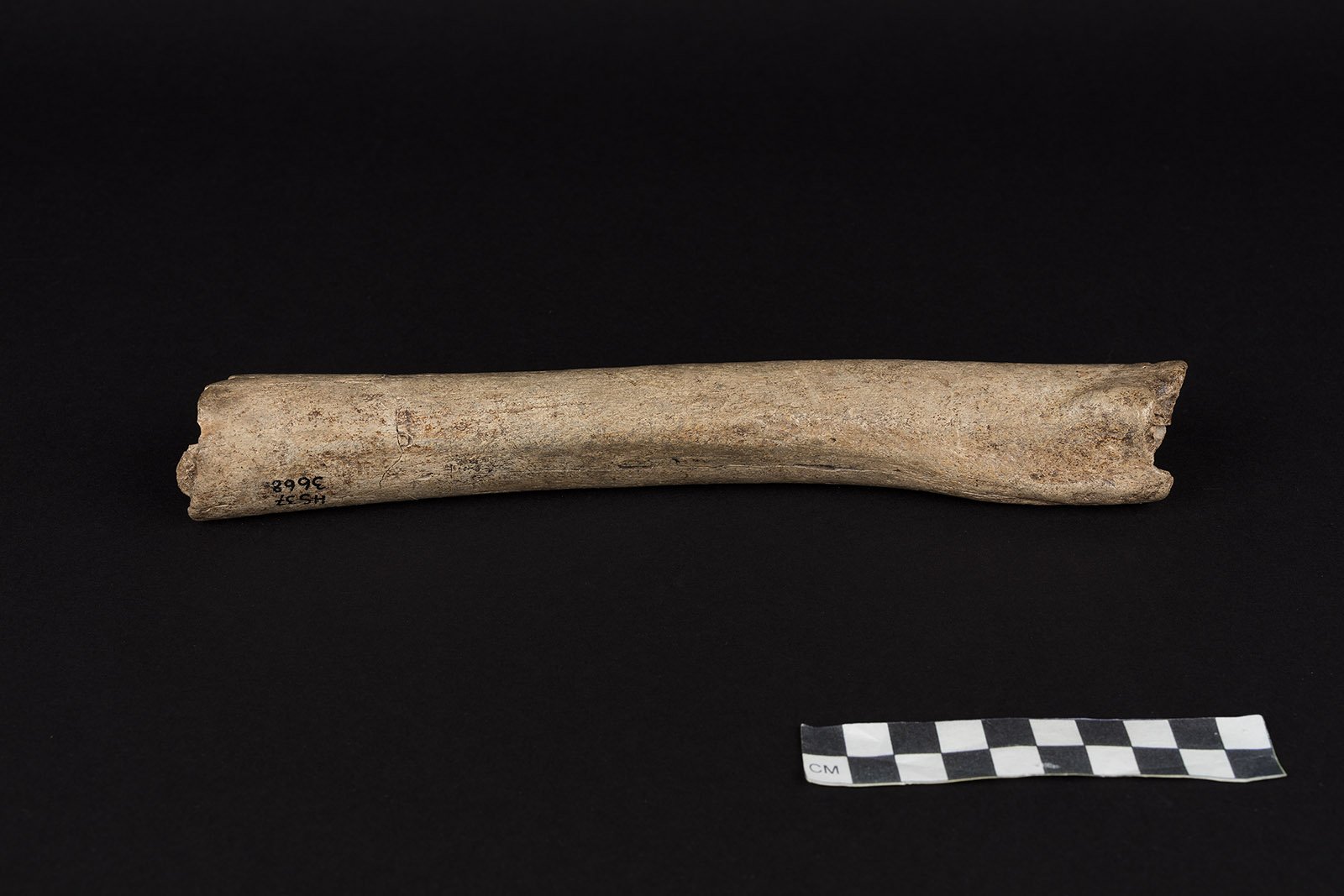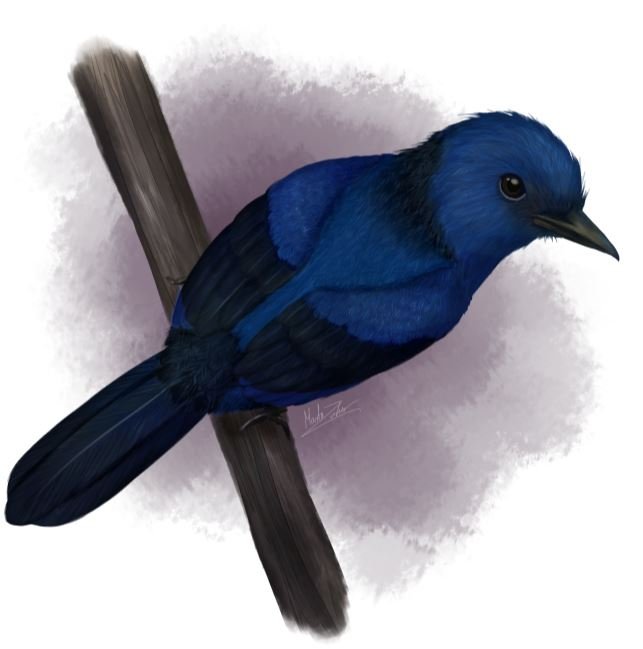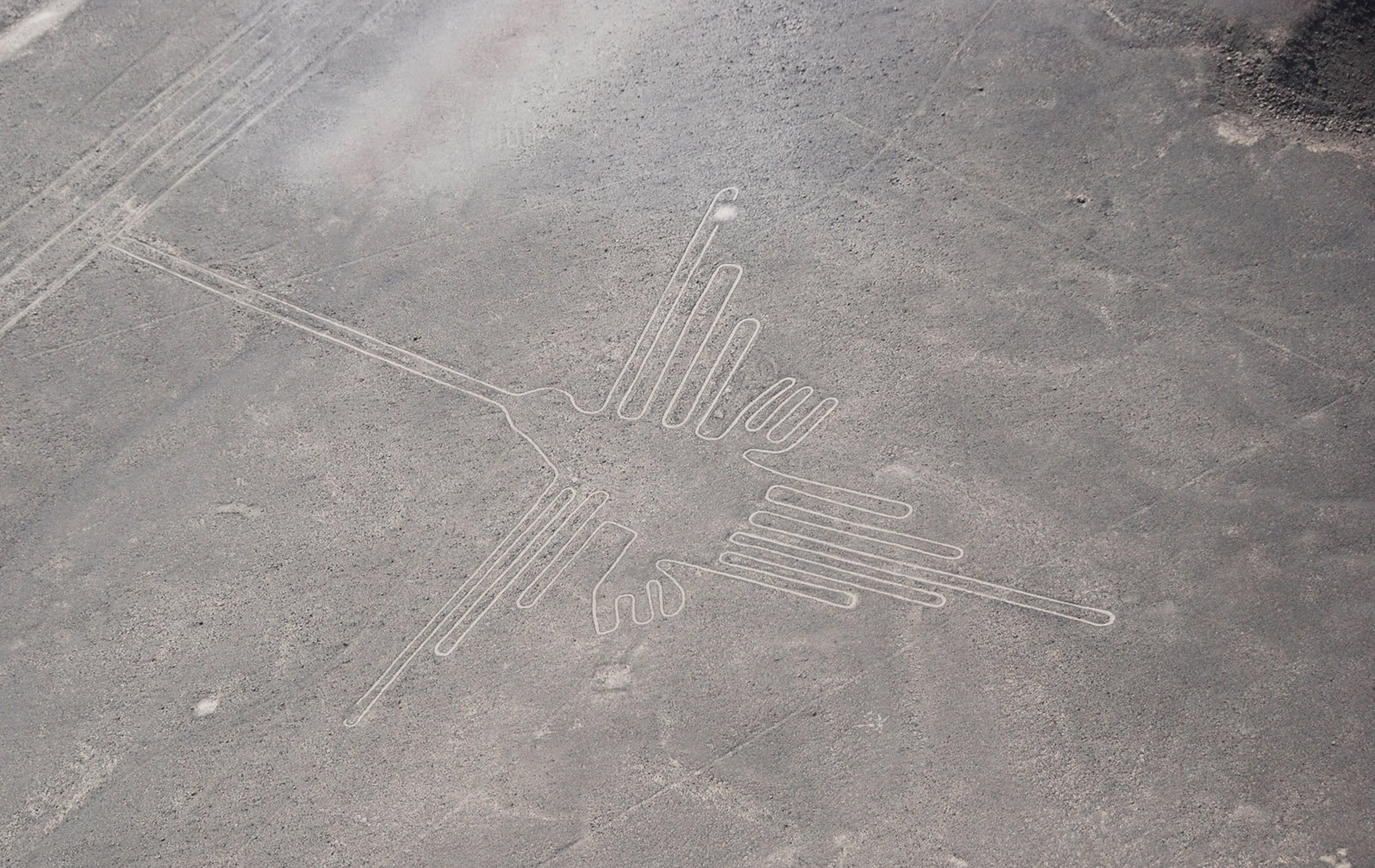Ancient genomics pinpoint origin and rapid turnover of cattle in the Fertile Crescent
The keeping of livestock began in the Ancient Near East and underpinned the emergence of complex economies and then cities. Subsequently, it is there that the world’s first empires rose and fell. Now, ancient DNA has revealed how the prehistory of the region’s largest domestic animal, the cow, chimes with these events. An international team … Read more
